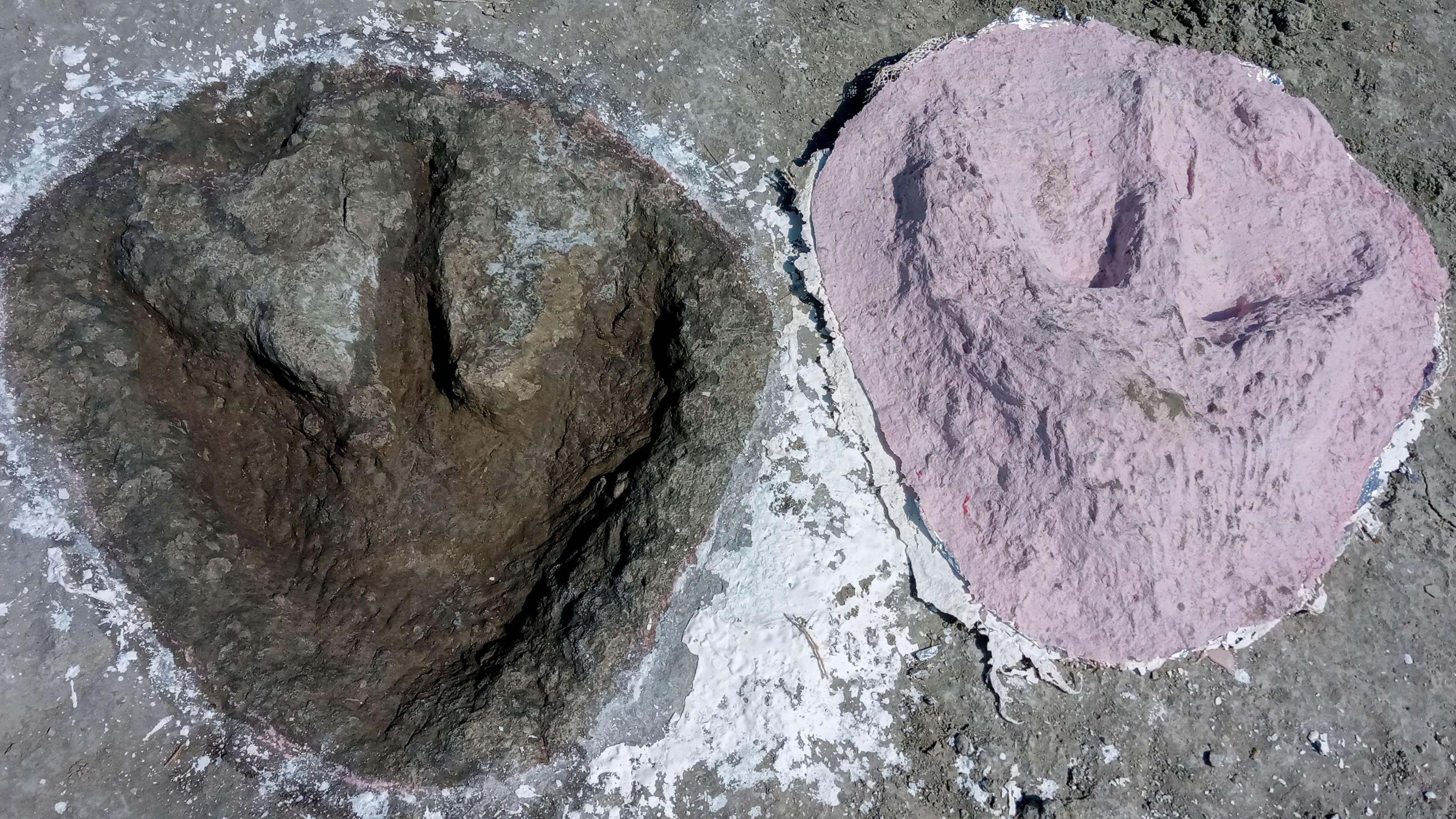'Surprising' answer for birthplace of dinosaurs
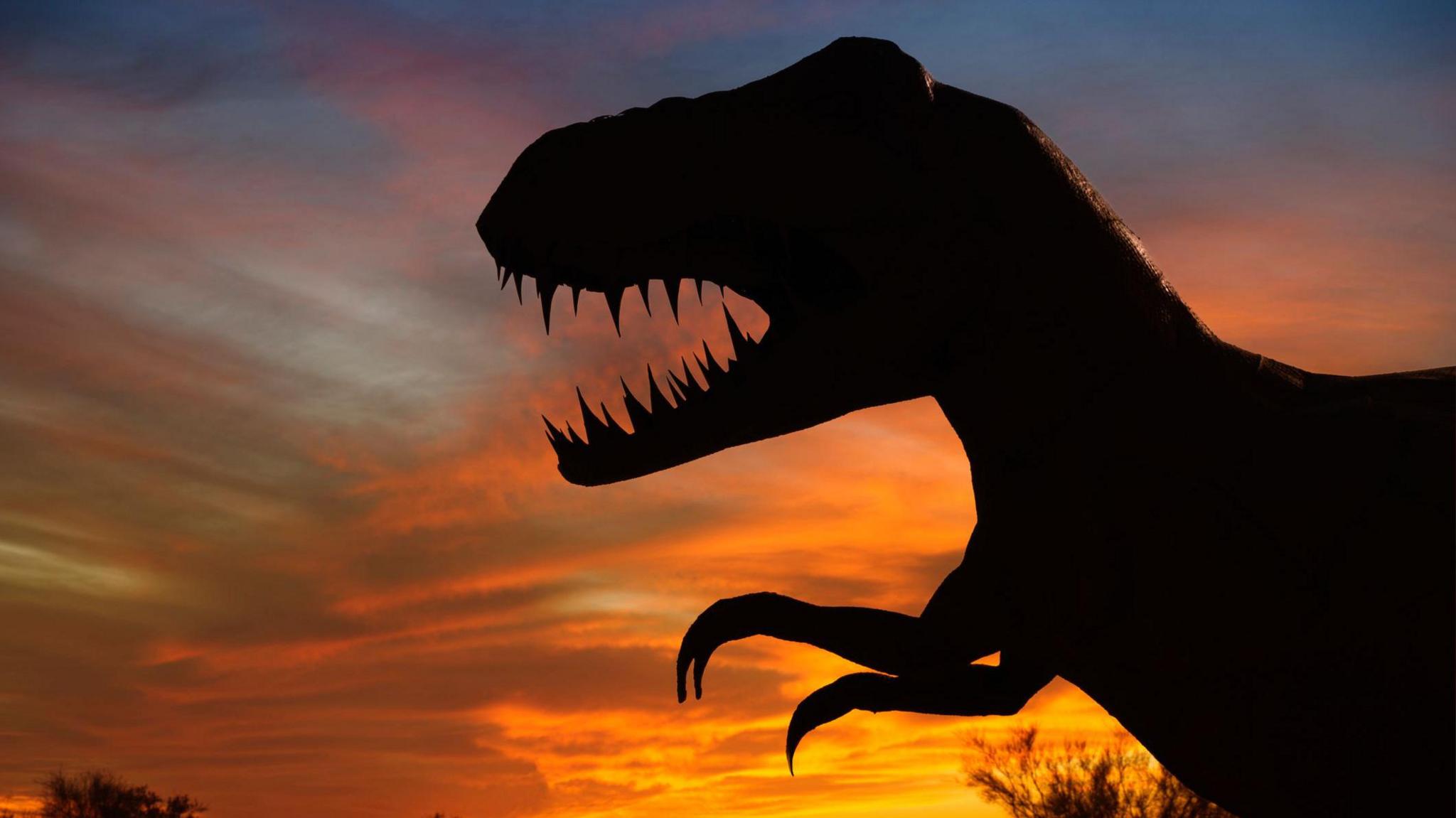
Dinosaurs evolved over millions of years
- Published
Whether your favourite is the ferocious looking T-rex, the leaf munching Diplodocus or the horned Triceratops, dinosaurs are an important part of Earth's history.
But when and and where they first appeared remains a bit of a puzzle.
Now a new study has suggested a 'surprising' location for the birthplace of dinosaurs, by looking at their oldest-known fossils, how early dinosaurs evolved and what Earth looked like during the Triassic Period.
Their answer for the birthplace are the Sahara desert and the Amazon rainforest regions - which are now separated by thousands of miles, and an ocean, but weren't always.
More delightful dino news
The oldest ichthyosaur fossil ever has been discovered
- Published19 March 2023
Mystery of how flying reptiles took to the skies finally solved
- Published8 January
'Oldest EVER' dinosaur fossil found in Brazil
- Published8 August 2024
How are the Sahara desert and the Amazon rainforest both the birthplace of dinosaurs?
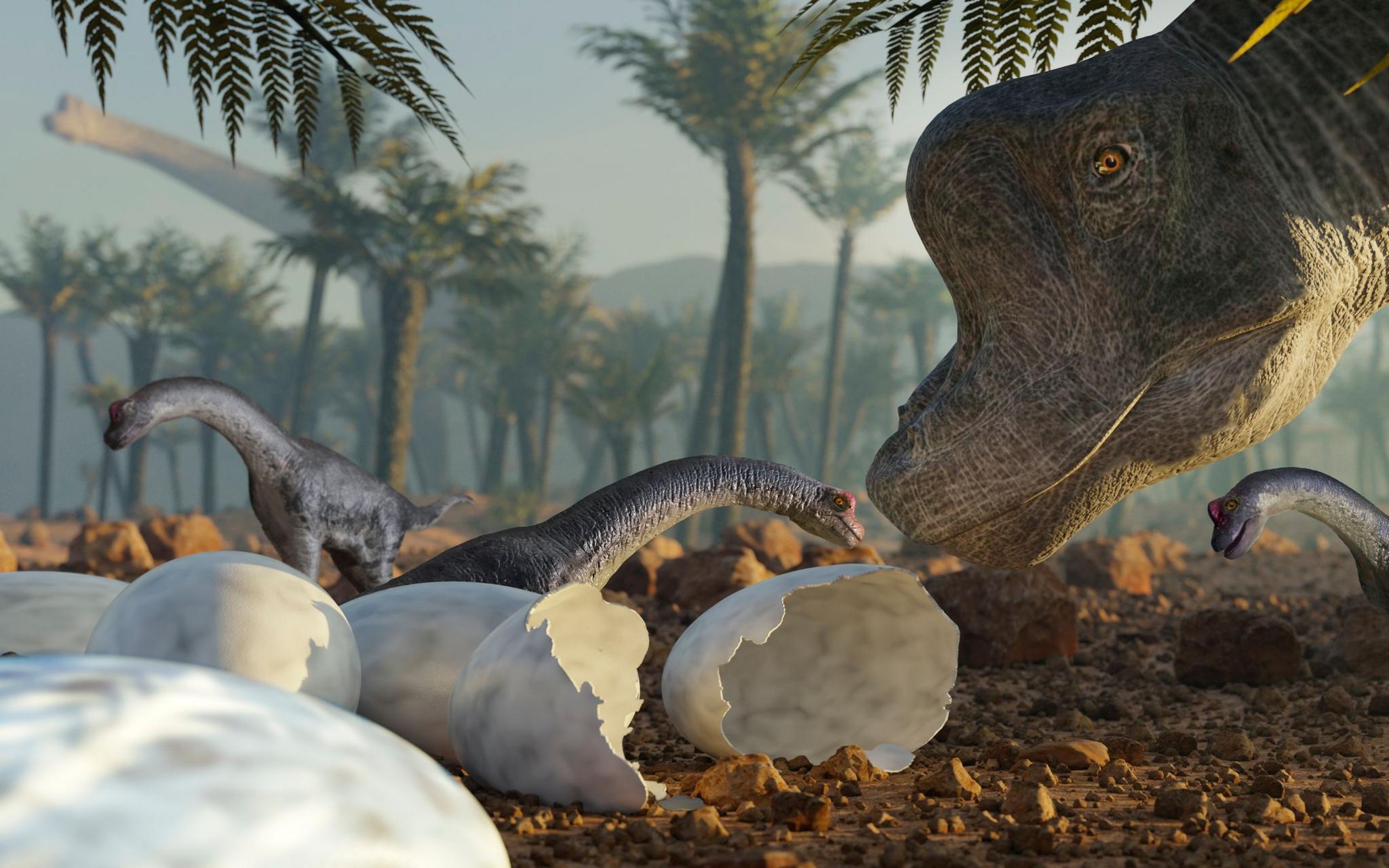
The study says we now know more about the birthplace of the dinosaurs
The answer to this is thanks to a geological process called plate tectonics.
The Earth's surface is made up of different pieces called tectonic plates. The movement of these plates can change landscapes.
Joel Heath from University College London is lead author of the study published in the journal Current Biology.
He explained that when dinosaurs first appeared all the Earth's continents were part of the giant supercontinent Pangaea.
They emerged in the southern part, known as Gondwana.
Joel said: "Our research suggests they likely originated in the low-latitude regions of Gondwana near the equator, an area that today includes northern South America and northern Africa."

Eodromaeus lived in the Late Triassic period
These regions are difficult for palaeontologists to study, as they are covered in forests and deserts, but Joel says they "may hold the potential to reveal where the earliest dinosaurs were living."
Joel says this could show "significant gaps" in the fossil record.
While the earliest-known dinosaurs share certain traits, they have differences that suggest millions of years of evolution had already taken place.
Where did dinosaurs come from?
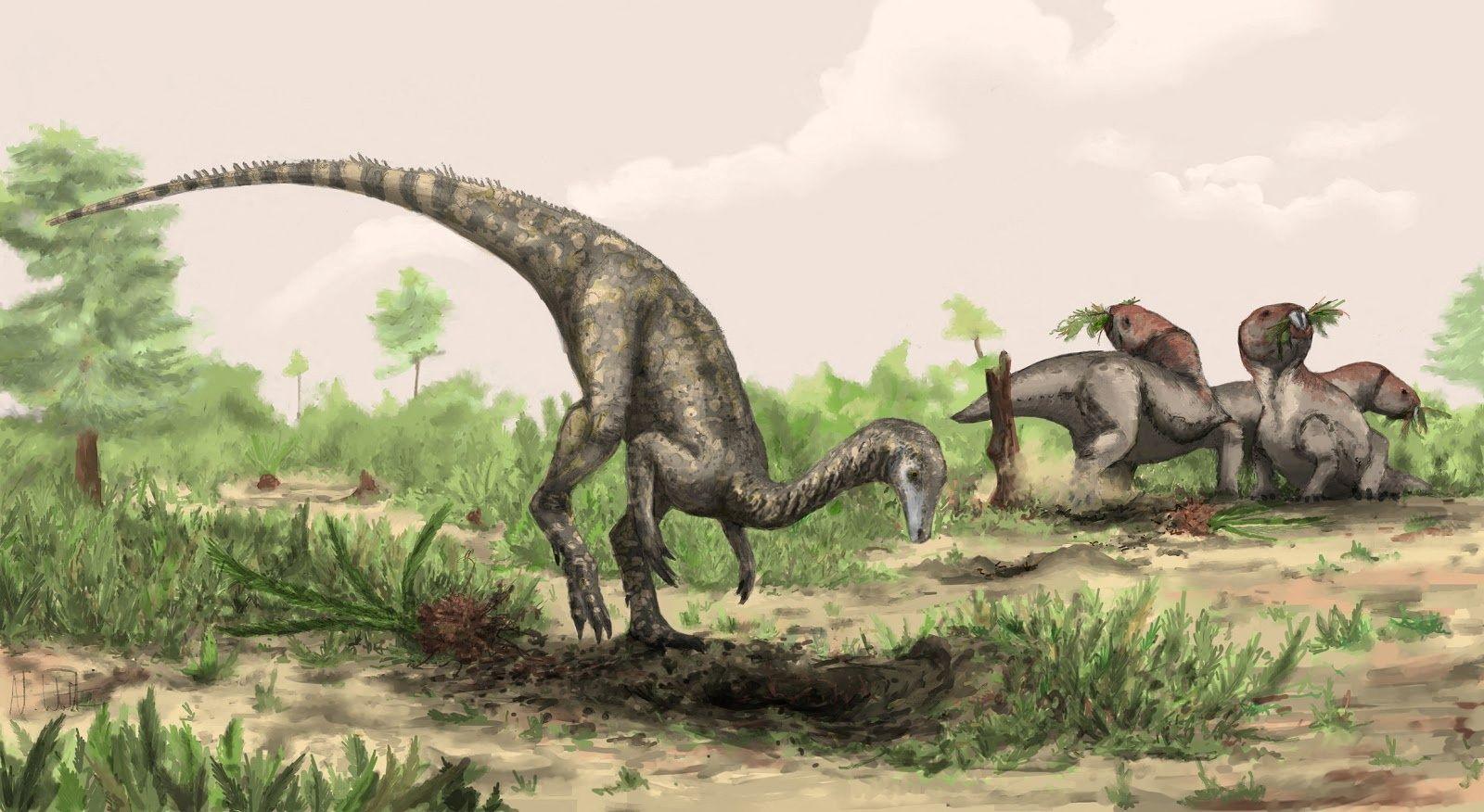
This Nyasasaurus shows what the earliest dinosaurs may have looked like
Dinosaurs evolved from more primitive reptiles in the aftermath of Earth's biggest mass-extinction event. This was caused by extreme explosive eruptions around 252 million years ago.
At first they were overshadowed by other animals, like the ancestors of crocodiles and elephants.
However, dinosaurs had some advantages, like being fast, agile and adaptable to different environments.
They are unique because of certain traits in their skeletons, like the fact they stood upright with special hips.
They evolved gradually over millions of years, but the fossils to show this haven't been found yet, Joel says.
Then, around 200 million years ago, a huge extinction event wiped out many of their competitors, which was when it truly became the land of the dinosaurs.
More prehistoric stories
- Published10 July 2024
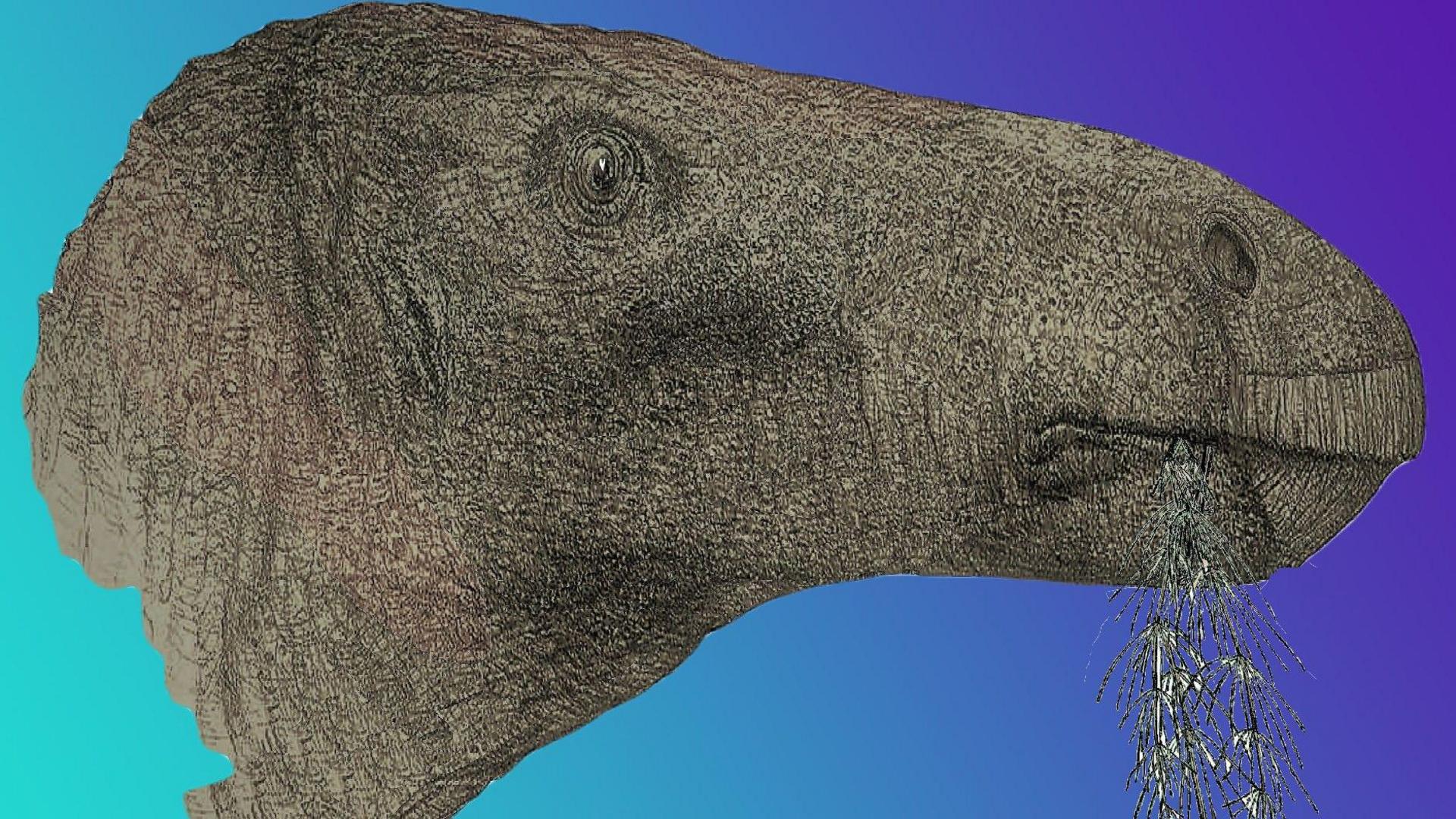
- Published24 January
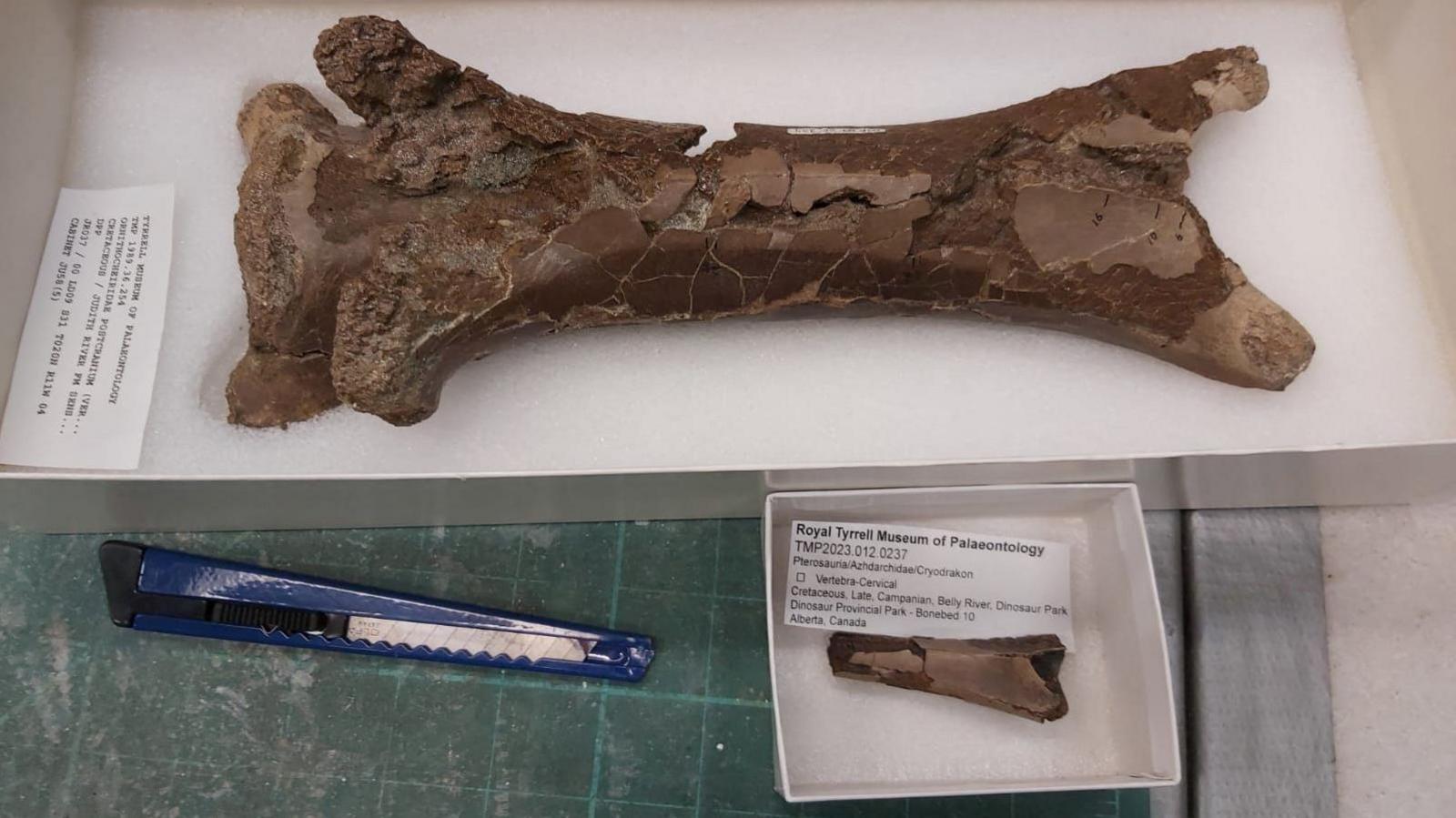
- Published2 January
